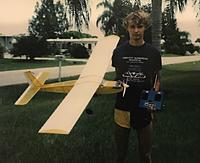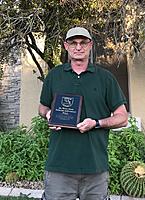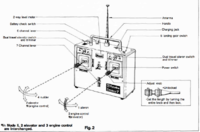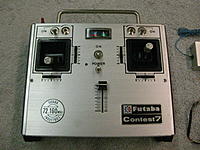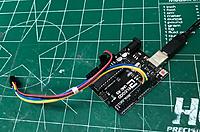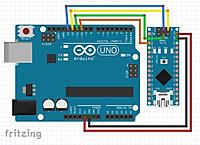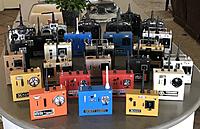"I'm happy to let you know that the Vintage Radio Control Society Technical Committee has selected you as the 2019 winner of the Dr. Walter Good Technical Achievement award for your work in vintage radio conversions. "
Mike Desest
President, Vintage Radio Control Society
And my response...
Mike,
I was totally surprised and blown away by the award! I didn't think anyone really paid attention to my ramblings on the internet

My family is out of town this week and my dog doesn't take good photos so I'll have to get back to you on that. I'll try to get help this week but next week for sure.
I should put a little background in my RCG blog. If you are interested, I started building models around 5. Here is my first Control Line model in 1973. I was 10. Its a Baby Ringmaster. My Dad made me do it all myself. My first RC model was an Airtronics S-Tee. Here it is in 1978 after my first 'crash'. You can see the Royal serves askew. And to finish the embarrassment, here is my first truly successful RC model in the summer of 1982. It was a Carl Goldberg Eaglet with my original Royal Radio. Its interesting to note that Royal was my first conversion. I flew it this year at Torrey Pines for the Katie Martin Tribute.
I fulfilled the requirements for an AS degree in Electronics while attending Community College and High School at the same time. I put myself thru College earning a Bachelor Degree in Aerospace Engineering. My graduate studies were in Mechanical Engineering. I'm a Lifetime AMA member, EAA Technical Counselor and Flight Advisor. I hold an FAA Repairman's Certificate and am a Current Flight Instructor. I've also included a photo of my 'full size' models. A Kitfox and scratch built wooden Biplane. Both are current and airworthy.
Please thank the Committee for me. It truly is an honor.
Scott Todd
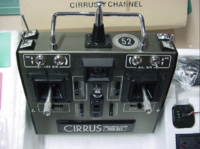 Views: 270
Views: 270 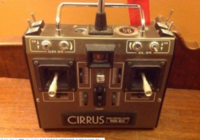 Views: 268
Views: 268 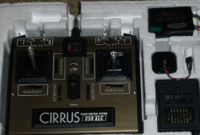 Views: 263
Views: 263 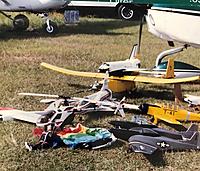

 A member reached out about some some copies so I thought I would post here since you can't attach to PM's. If you have any I don't post here, PLEASE share.
A member reached out about some some copies so I thought I would post here since you can't attach to PM's. If you have any I don't post here, PLEASE share.


